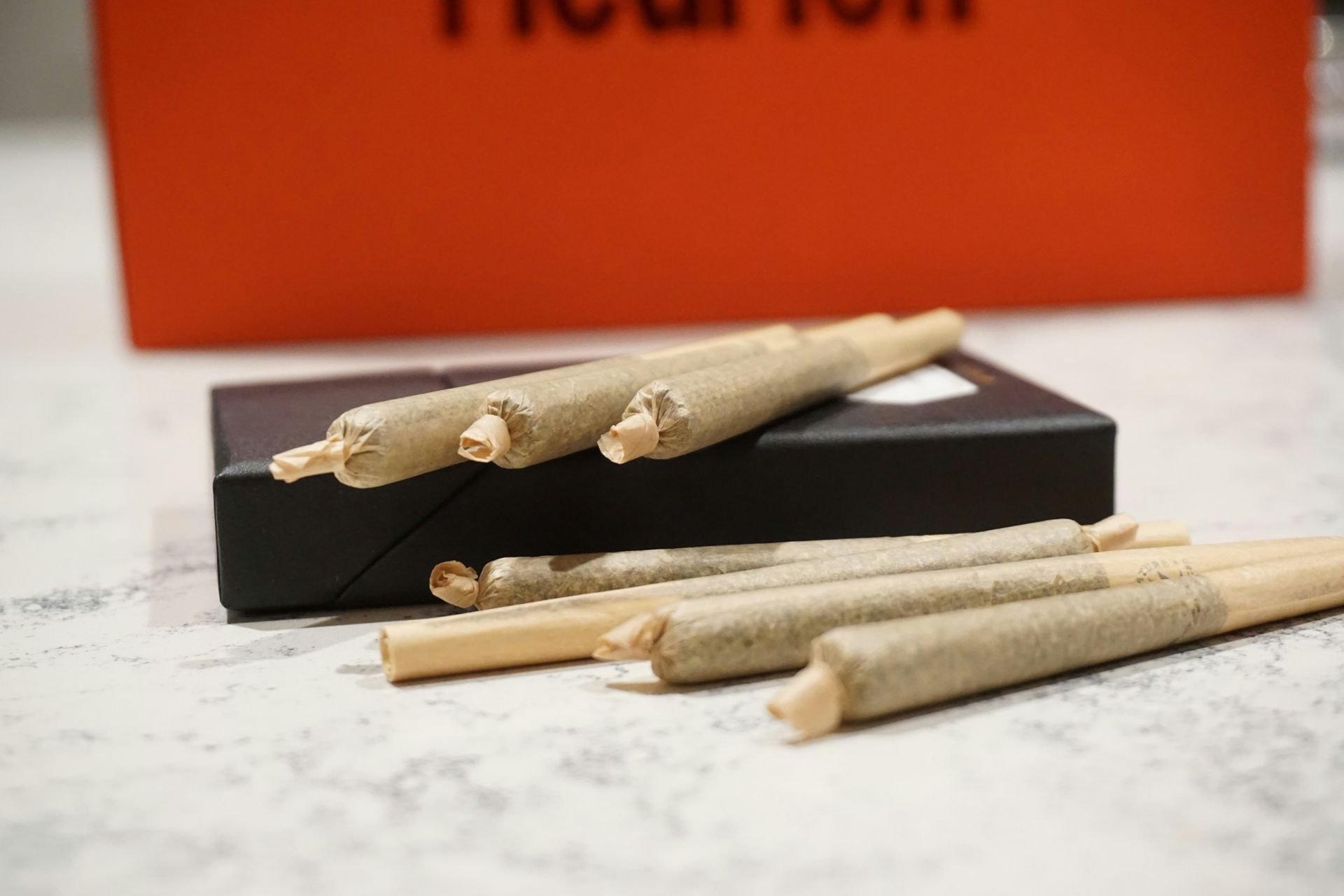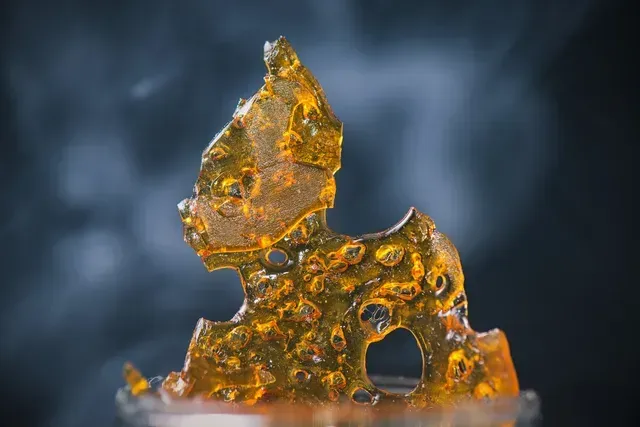Ancient Origins
Proto-Indo-European Roots
Linguists believe the root of cannabis can be traced to the Proto-Indo-European (PIE) language, spoken over 5,000 years ago. The reconstructed PIE root “kan(n)a-” or “kan(n)ab-” is thought to refer to hemp fiber or reed-like plants. This early term likely spread through migrations and trade routes, influencing later linguistic developments.
Scythian and Early Eurasian Influence
The Scythians, a nomadic people who lived in the Eurasian Steppe (modern Ukraine, Russia, and Central Asia) around 700 BCE, are often credited with spreading cannabis across Europe and Asia. Ancient Greek historian Herodotus (c. 440 BCE) documented Scythians using cannabis for ritual inhalation and possibly in funerary rites.
It is believed that the Scythians’ term for hemp influenced the linguistic transition into early Greek and other languages along the trade routes. Their use of cannabis for shamanic practices and medicine likely contributed to its adoption by other cultures.
Cannabis in Ancient Greece and Rome
Greek: Kánnabis
The earliest recorded use of the word cannabis in Western history comes from ancient Greek texts. The term κάνναβις (kánnabis) appears in medical and agricultural writings, referring to the hemp plant, which was used for ropes, textiles, and medicinal purposes.
- Herodotus (5th century BCE): Wrote about Scythians using cannabis in steam baths and for inhalation.
- Dioscorides (1st century CE): A Greek physician who included kannabis in his De Materia Medica, describing its medicinal uses.
- Pliny the Elder (23 CE – 79 CE): A Roman historian who documented cannabis for making sails and ropes.
Latin: Cannabis Sativa
The Romans adopted the Greek word kannabis into Latin as cannabis, preserving its reference to the hemp plant. The scientific classification “Cannabis Sativa” comes from this Latin term, meaning “cultivated cannabis.”
In Roman society, cannabis was used primarily for industrial purposes (rope-making, clothing, shipbuilding) but also had documented medicinal applications for pain relief and wound healing.
Cannabis in the Middle Ages: Arabic and Islamic Influence
During the expansion of the Islamic empire (7th–13th centuries), cannabis spread throughout the Middle East, North Africa, and Spain. The Arabic word qanab was used for hemp fiber, while hashish became associated with its psychoactive properties.
- Ibn al-Baitar (13th century): An Arab botanist who extensively described cannabis and its medicinal properties.
- Sufi Mystics: Used hashish in spiritual practices, associating it with altered states of consciousness.
By the 12th century, hashish was widely known in the Islamic world, leading to its introduction into medieval Europe via trade routes.
Cannabis in Medieval and Early Modern Europe
During the Middle Ages, cannabis was primarily referred to as hemp, and its Latin-derived name cannabis was used mainly in scholarly texts. Hemp cultivation was crucial in Europe for making:
- Ropes and sails for naval exploration.
- Paper production, including some of the earliest printed books.
- Textiles and clothing.
By the 16th and 17th centuries, European botanists began cataloging different cannabis varieties, distinguishing between Cannabis Sativa (fiber hemp) and Cannabis Indica (psychoactive cannabis from India).
The Shift from "Cannabis" to "Marijuana" in the Americas
The Emergence of "Weed"
The word “weed” has its roots in Old English, where it was originally spelled wēod and referred to grass, herbs, or any wild plant. Over time, the term evolved to mean an unwanted plant that grows abundantly in fields, gardens, and roadsides. This broad definition persisted through the Middle English period, reinforcing the idea of "weed" as any plant that was not intentionally cultivated.
1. Early 20th Century Adoption
The
transformation of "weed" into a slang term for cannabis emerged in the early 1900s, coinciding with increased cannabis use in the United States and Mexico. Cannabis had been widely used for medicinal and industrial purposes, but its recreational use began spreading due to Mexican immigration in the early 20th century. Many Spanish-speaking immigrants referred to cannabis as marihuana, and slang terms began evolving within different cultural communities.
2. Influence of Jazz Culture and the 1920s
During the 1920s and 1930s, cannabis became closely associated with jazz musicians and underground nightlife. Many jazz clubs and speakeasies were hubs for cannabis consumption, with musicians using it to enhance creativity and performance. Terms like “weed,” “reefer,” and “muggles” became common in the jazz scene, where cannabis was widely used despite growing legal restrictions.
Several early jazz and blues songs referenced cannabis, further cementing "weed" as a mainstream slang term. Some notable cultural mentions include:
- Cab Calloway’s song “Reefer Man” (1932) – A humorous song about a cannabis user.
- Louis Armstrong’s well-documented cannabis use – Armstrong, one of jazz’s greatest legends, was an outspoken cannabis advocate, referring to it as "the gage."
3. The Role of Mexican Spanish Slang
Linguists believe that the term "weed" may have been influenced by Mexican-Spanish slang, particularly the word "locoweed." Locoweed refers to a wild plant that causes animals to behave strangely when consumed. Because cannabis had similar psychoactive effects, the term was adopted and shortened to “weed” in American slang.
4. Criminalization and Popularization (1930s - 1970s)
As cannabis use spread, so did government efforts to criminalize and stigmatize the plant. The 1937 Marijuana Tax Act imposed strict regulations, and anti-cannabis propaganda campaigns depicted marijuana as a dangerous drug linked to crime and deviant behavior.
Despite these efforts, the counterculture movement of the 1960s and 1970s embraced cannabis, reviving and popularizing "weed" along with other slang like “pot,” “grass,” and “dope.” The term "weed" became even more ingrained in everyday language, used widely by activists, musicians, and the emerging cannabis subculture.
The Modern Revival of "Cannabis"
By the late 20th and early 21st centuries, as scientific research and legalization efforts expanded, there was a push to restore “cannabis” as the preferred term over “marijuana.”
- Scientists and medical professionals favor “cannabis” due to its neutral, accurate, and botanical classification.
- Legalization movements use “cannabis” to remove stigma and reframe it as a legitimate medicinal and recreational substance.
- Cannabis industry branding emphasizes “cannabis” to distance itself from negative connotations associated with prohibition-era language.
Conclusion
The word “cannabis” has traveled through Proto-Indo-European, Greek, Latin, Arabic, and English, reflecting the plant’s global historical significance. From ancient rituals and medicine to modern scientific research, cannabis has maintained its place in human history for thousands of years. While prohibition led to the dominance of “marijuana” in the 20th century, the return of “cannabis” as the preferred term reflects a broader effort to reclaim its historical, cultural, and medical significance.
Between marijuana, pot, weed, cannabis or anything else, if you can't decide which term to use, we recommend "cannabis" as it is universally recognized in legal, medical, and scientific communities worldwide. Using “cannabis” keeps things clear and credible, although at our dispensary in Schenectady, NY use whatever term you're comfortable with. We don't judge!












